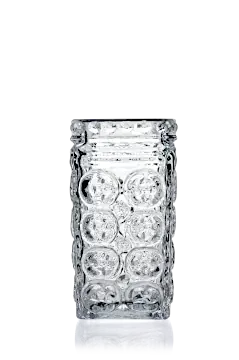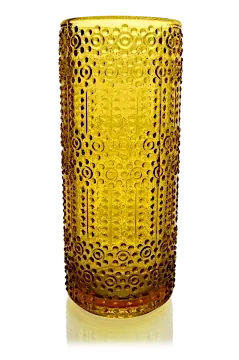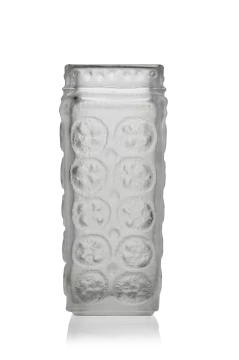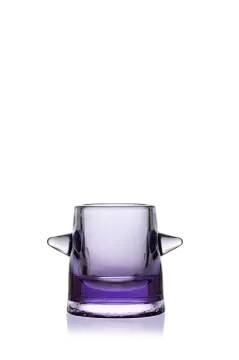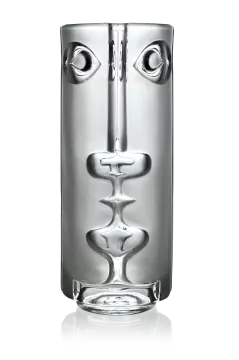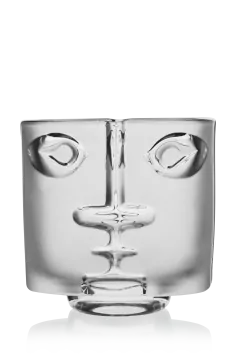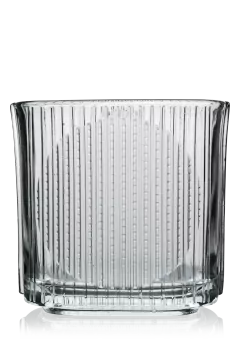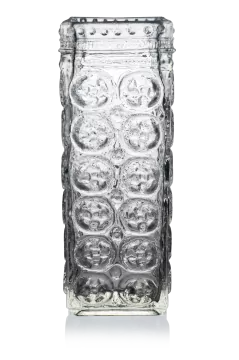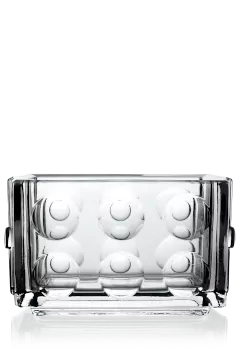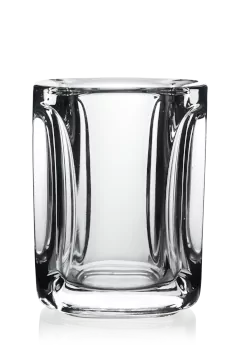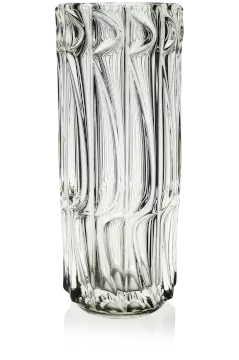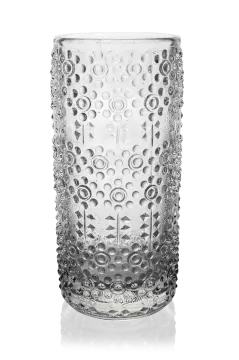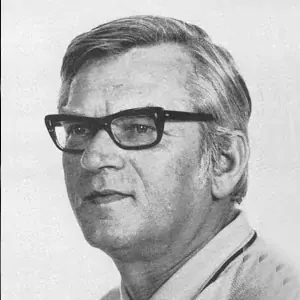
Adolf MATURA
(1921-1979)

Adolf Matura was a prominent figure in 20th-century Czechoslovak glass design. He was born on March 30, 1921, in Bystřice near Benešov and grew up in Bitouchov near Semily, where his close relationship with nature developed-a motif that repeatedly appeared in his work. As a young man, he chose the path of glassmaking: from 1938 to 1940, he studied at the glass school in Železný Brod, where he learned engraving under Professor Leopold Přenosil. He then continued his education at the Academy of Arts, Architecture and Design in Prague with Professor Karel Štipl, where he refined not only his technical skills but also his artistic perception of glass as a medium of expression.
Although he initially worked briefly in industrial glassworks after graduation, he quickly realized that his path lay elsewhere-in original, artistic glassmaking. As an independent artist, he began designing glass for industrial production, always with an emphasis on artistic value. From 1954, he worked at the Central Artistic Center for Glass and Ceramics, and later, after its reorganization, at the Institute for Housing and Clothing Culture, where he led the glass department until his death.
Matura mastered many glassmaking techniques-from engraving and thin-walled blown glass to cut and pressed glass. Throughout his career, he was able to adapt to the times while maintaining his distinctive style. In the field of tableware, he first drew attention in 1952 with a set featuring faceted cuts, but his major success came in 1960 when his thin-walled lemonade set won a gold medal at the Milan Triennale. He later collaborated with the Moser glassworks, creating exceptional pieces from colored cut glass-one of which won the top prize at the international exhibition in Jablonec nad Nisou in 1976.
A key stage in his work was his focus on pressed glass, which he embraced fully from the mid-1960s. He saw pressed glass not just as a mass-produced product, but as a way to bring art into everyday life. His designs were always functional, respectful of technology and contemporary aesthetics, yet carried his signature style.
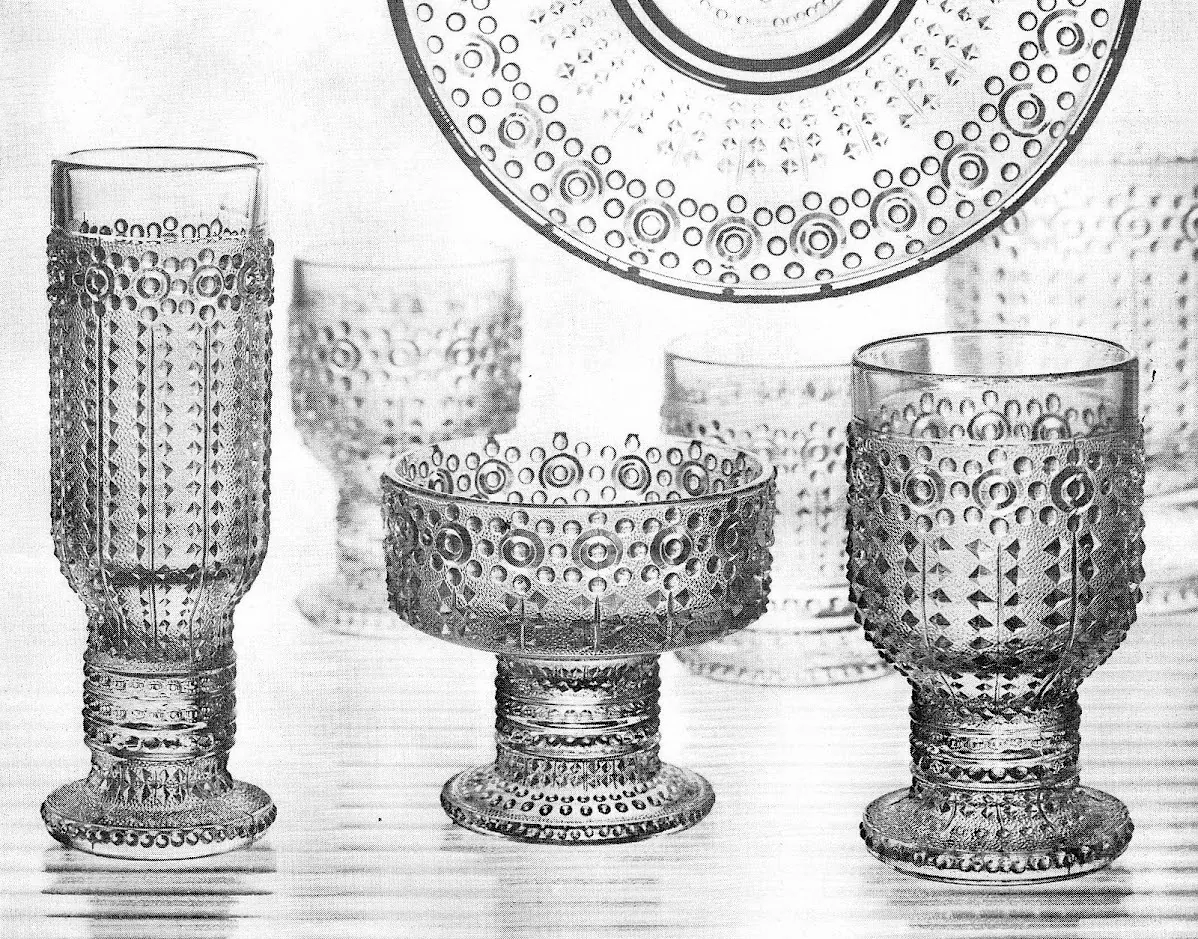
Important direction in his work was the design of pressed glass with ornamental relief. Around 1970, as decorativism returned in applied arts, ornament gained new significance in pressed glass as well. Matura explored this theme in several works, most notably in the collection titled Praha. In it, he combined a contemporary artistic language with inspiration from historical pressed glass of the late 19th and early 20th centuries-in both shape and decorative structure.
The most striking artistic gesture in his pressed glass work was Vase No. 3483, created in 1972. This sculptural, figurative vessel with a stylized human face is a perfect example of Matura’s ability to translate sculptural expression into utilitarian design. Although it reflects the decorative trends of the 1970s, its timeless expression, subtle irony, and strong visual symbolism place it among the artistic objects that transcend ordinary glass design.
Besides his creative work, Matura also held many important positions-he was the chairman of the design board for pressed and packaging glass at Sklo Union Teplice and was active in the artistic boards of Crystalex and Lustry Kamenický Šenov. Through these roles, he significantly influenced the development of glass design across the country. In 1971, he was awarded the honorary title of Merited Artist for his contributions.
Matura’s work was exhibited at the most prestigious international shows-EXPO 58 in Brussels, the Milan Triennale, and world exhibitions in Montreal and Osaka. His work is now considered timeless-a blend of craftsmanship, functionality, and artistic expression that left a deep mark on the history of Czechoslovak design.

